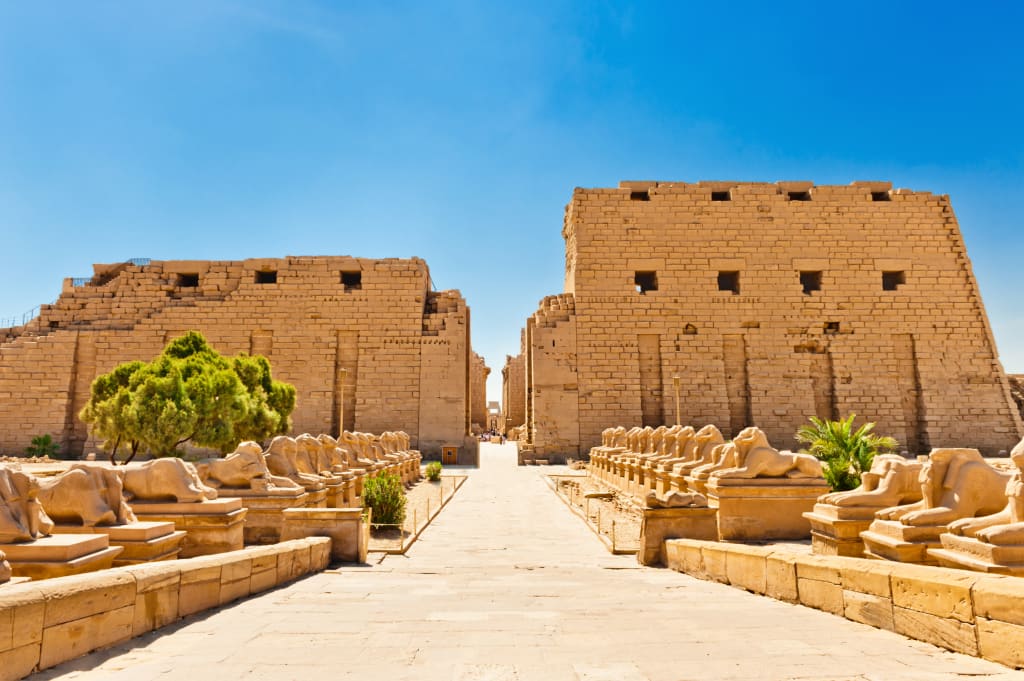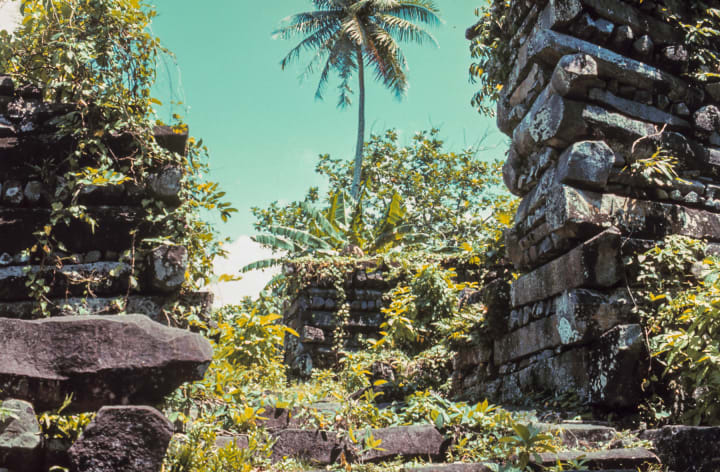10 Mysterious Ancient Sites You Will Want to Visit
Travelers who want to have a trip that will have them scratching their heads will love to visit these little-known yet mysterious ancient sites.

The ancient world left many questions that we will never know the answers to. With thousands of years gone by and little written record of how things were done, every single culture has its own strange mysteries that continue to baffle archeologists, anthropologists, historians, and even scientists.
The best way for scholars to uncover the secrets of antiquity is to visit those sites, dig deep, and hope to find the missing puzzle pieces that still remain. Most people already know of certain places that are shrouded in mystery, such as the Terracotta Warriors of China or Machu Picchu in Peru.
Interesting as they are, there are many lesser-known sites that carry even more puzzling details and incredible wonders to discover. These mysterious ancient sites, for example, should get a lot more love than they do now, and only add to the reasons you should travel.
Everyone has seen the Great Pyramids and wondered how they were built, but that's not the only architectural wonder of the ancient world. Enter: Petra, a city found in Jordan.
This city is nothing short of amazing, primarily because it's carved into a mountain. The city itself is literally made entirely of rock, featuring intricate carvings that would make most modern artisans turn green with envy.
How did they make this city? How did the city have a hydraulic system in the first century? As far as mysterious ancient sites go, this one is a very awesome pick.
Nan Madol

Some of the most remote ancient ruins on this list are the ones that carry the most questions. Nan Madol is a ruined city that is located in the remote region of Micronesia, and consists of several hundred tiny islands covered in stone buildings.
It's a lot like an ancient Venice, and that's why it's so mysterious. The walls of all the buildings are made of basalt and coral, and physics alone can't really explain how Nan Madol came to be.
To make this city, it'd take locals moving 2,000 pounds of rock for 400 years straight. Many legends discuss how this city came to be, but none really seem to make sense.
One of the most impressive mysterious ancient sites in the world is Puma Punku; and truth be told, it's a mystery that just doesn't seem to have an earthly explanation as a solution.
This strange set of ruins in Bolivia consists of buildings made of carved stone weighing thousands of pounds apiece, interlocking in extremely complex ways. Some of the Puma Punku stones weigh as much as 130 tons!
Each building's stones interlock so well, that modern tools would not be capable of re-creating Puma Punku without extreme difficulty. People regularly suggest that aliens may be to blame. We can't come up with anything more realistic, either.
Derinkuyu, The Underground City of Turkey

If Petra's unique mountainside buildings pique your interest, you'll find Derinkuyu to be one of the most mysterious ancient sites you can think of visiting. This massive underground city was created during the times of prehistory, and has been home to strange sects throughout written times.
In terms of mystery, Derinkuyu can't be beat. No one even knows who made these tunnels, nor can they figure out how it was done. The city has been rife with legends of strange creatures that call the tunnels home, and is rumored to be the location of bizarre relics.
Visitors can only go through a handful of tunnels. Why? Well, there have been strange disappearances over the years and it's often a safety issue.
Imagine being a farmer who suddenly uncovers one of the most mysterious ancient sites to ever exist next to your house? This actually happened in the province of Longyou, where there were a handful of ponds rumored to be bottomless. In 1992, a local villager drained one and uncovered a grotto!
The Longyou Caves are ancient ruins of a manmade grotto, complete with stonework and bathing areas. No one knows who made them, why they were made, or where the materials for them came from.
One of the newest relics to be found in the world was discovered in Lake Michigan. After scientists took a tour of the lake's seabed, they discovered a massive Stonehenge-like structure that appears to be manmade right at the bottom of it.
This structure is as mysterious as it is large. Much like Stonehenge itself, it's a strange set of ruins composed of massive pillars of stone. No one knows how it got there or what its purpose was. If you can grab some diving equipment, you will be able to see it for yourself; though, I wouldn't suggest celebrating Michigan in the winter like this.
The Great Zimbabwe Ruins

Perhaps one of the most unsung wonders of Africa can be found in a remote part of Zimbabwe. Out there, a small stone city with impressive structures can be found. It's called the Great Zimbabwe Ruins, and it's one of the more mysterious ancient sites you can see in the region.
You see, what makes the Great Zimbabwe Ruins so strange is that there is no indicator of who made the ruins. There's no written history, no oral legends, and really, not much else to go on. There are some theories out there, but to date, none have been proven.
We do know that the ruins were home to about 18,000 people and that construction started around the 11th century. Nothing else has been uncovered yet.
Chavín de Huantar Ruins

Though they aren't quite as well-known as the amazing views in Peru from Machu Picchu, Chavín de Huantar Ruins are definitely one of the more puzzling sites you can see in South America. In many ways, they look very similar to the ruins of Machu Picchu—but there's a catch.
These were made by a pre-Incan civilization known as the Chavín. These mysterious people had amazing masonry abilities and no written history. More interestingly, no one knows what made this once-massive civilization simply disappear.
Often considered to be one of the "power places of the ancient world," the Trilithon at Baalbek is a massive temple that stood proud in Lebanon for millennia. This massive set of ruins is composed of rocks as large as 750 tons.
What really sets these ruins apart from all the others, though, is the massive hewn stone in the center of it. Baalbek takes the honor of having the largest hewn stone item in history. "The Stone of the Pregnant Woman," as it's called, weighs approximately 1,200 tons!
Do you love the strange mysteries that were brought up by ancient Egyptian culture? Regardless of whether you do find that lore immensely engaging or you're tired of seeing the Pyramids of Giza, you may want to give Karnak a go.
Karnak was an ancient city and temple dedicated to the deity Amun. Once called "the most sacred of places," archeologists are still finding long-hidden pylons, artifacts, and buildings that have been buried underneath the sand. Fascinating? Oh, my yes! What else do you expect from mysterious ancient sites?
About the Creator
Ossiana Tepfenhart
Ossiana Tepfenhart is a writer based out of New Jersey. This is her work account. She loves gifts and tips, so if you like something, tip her!






Comments
There are no comments for this story
Be the first to respond and start the conversation.